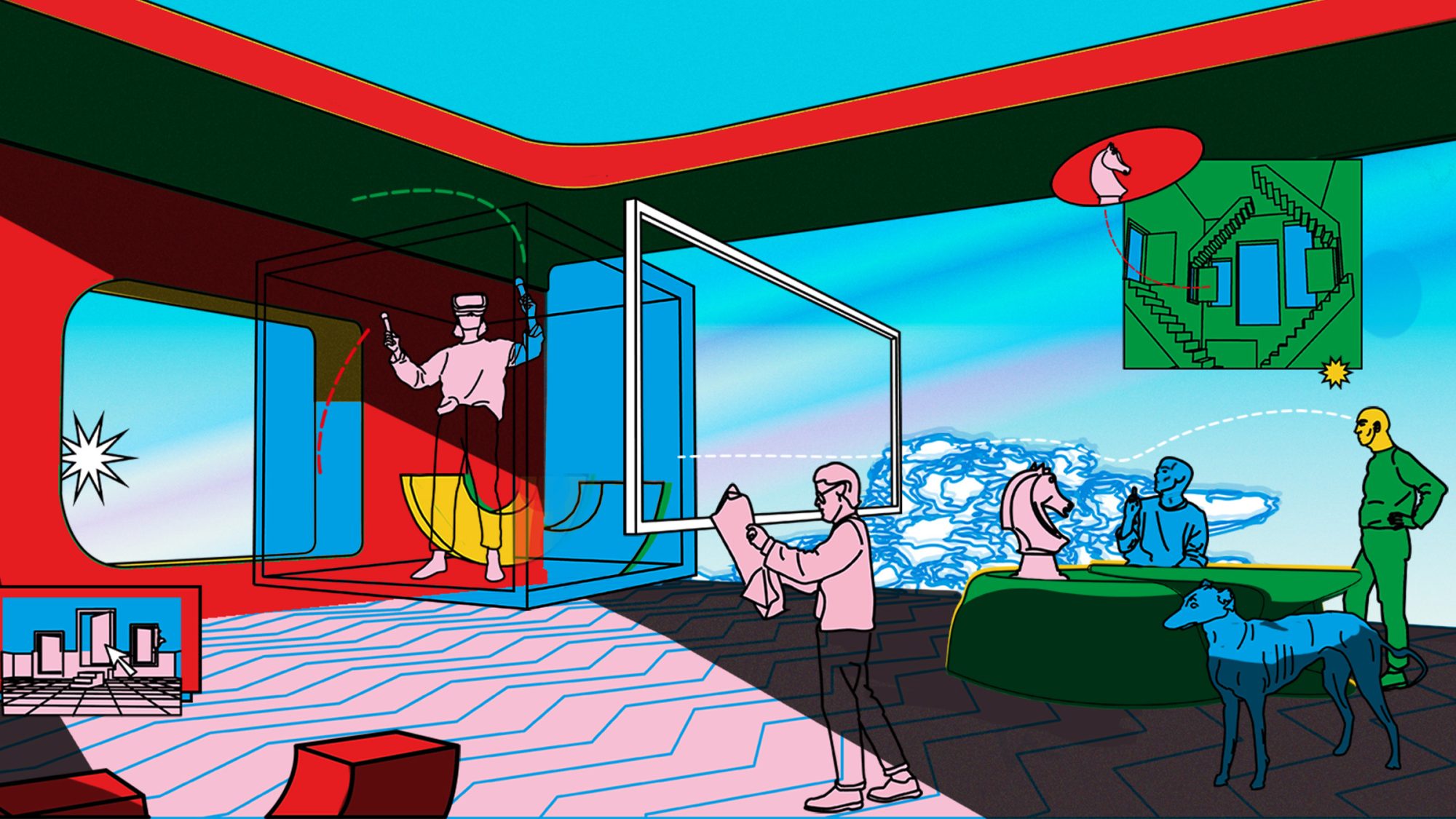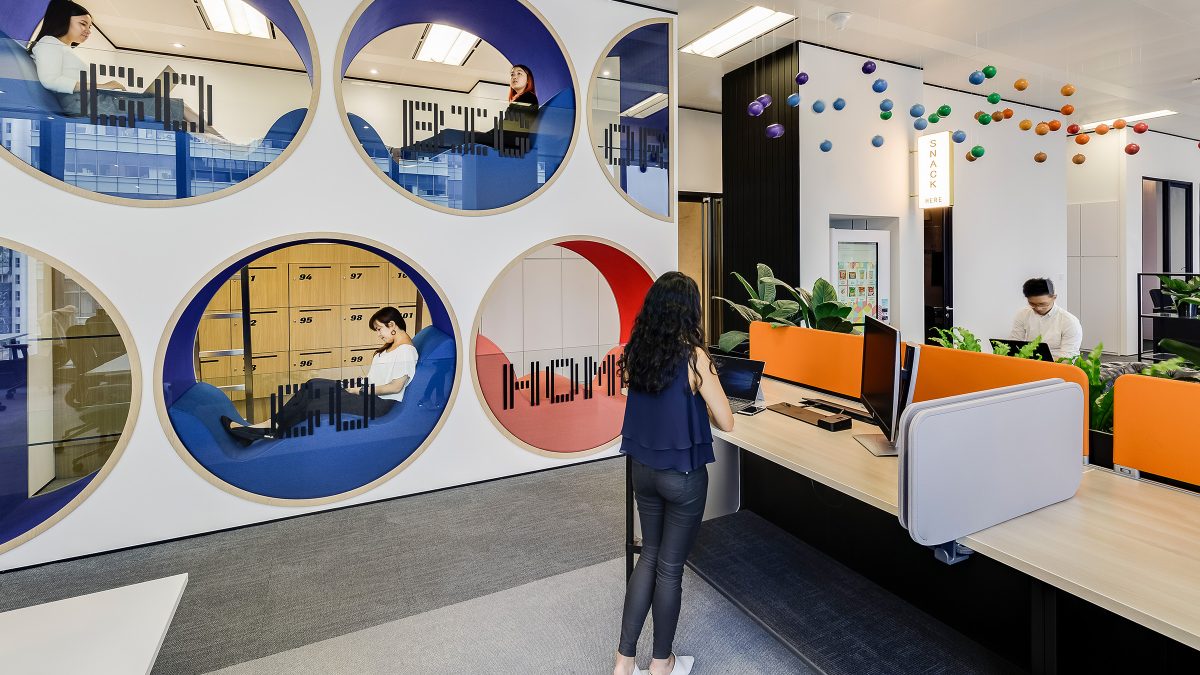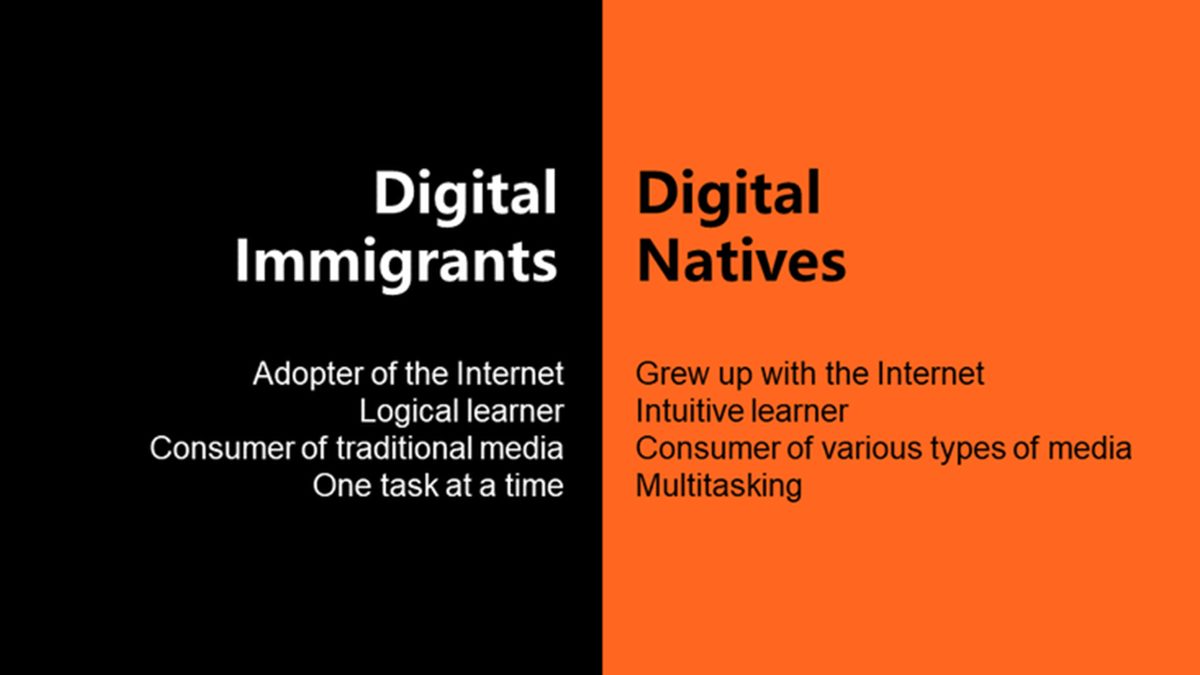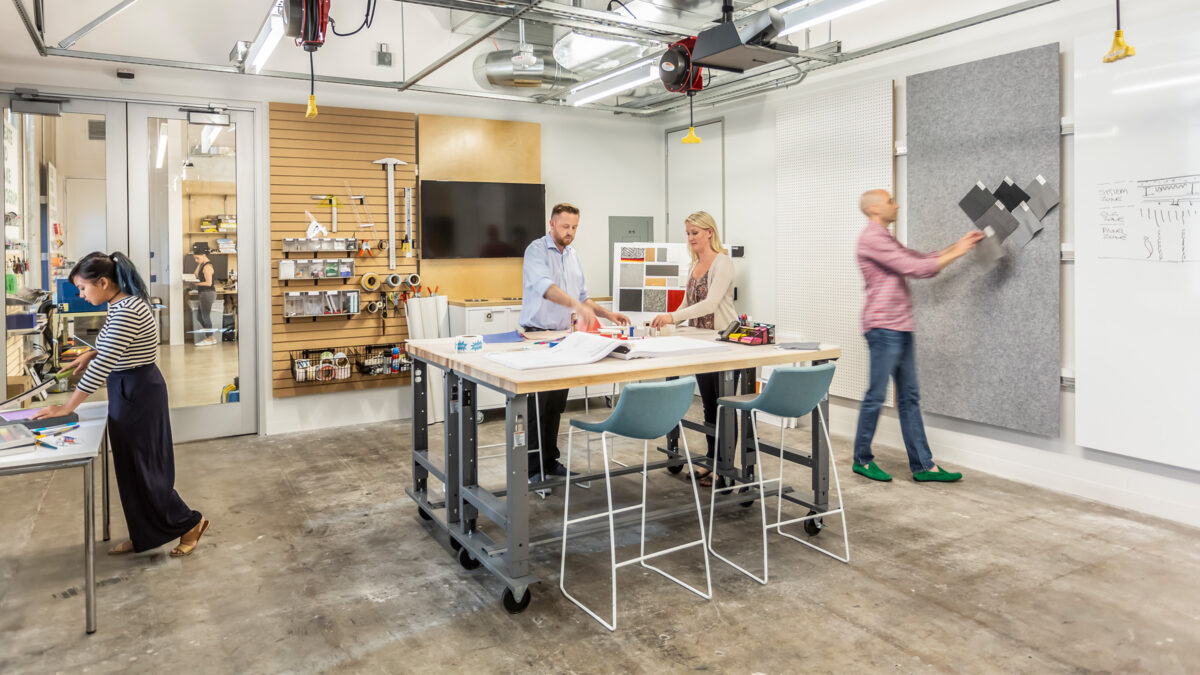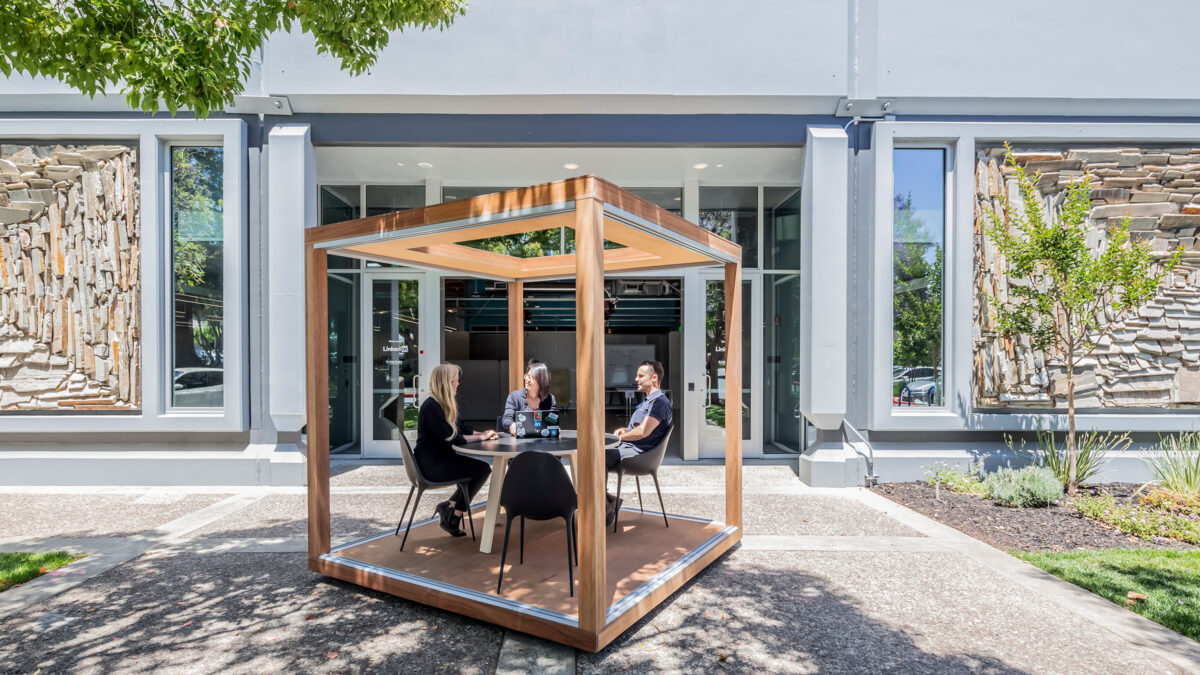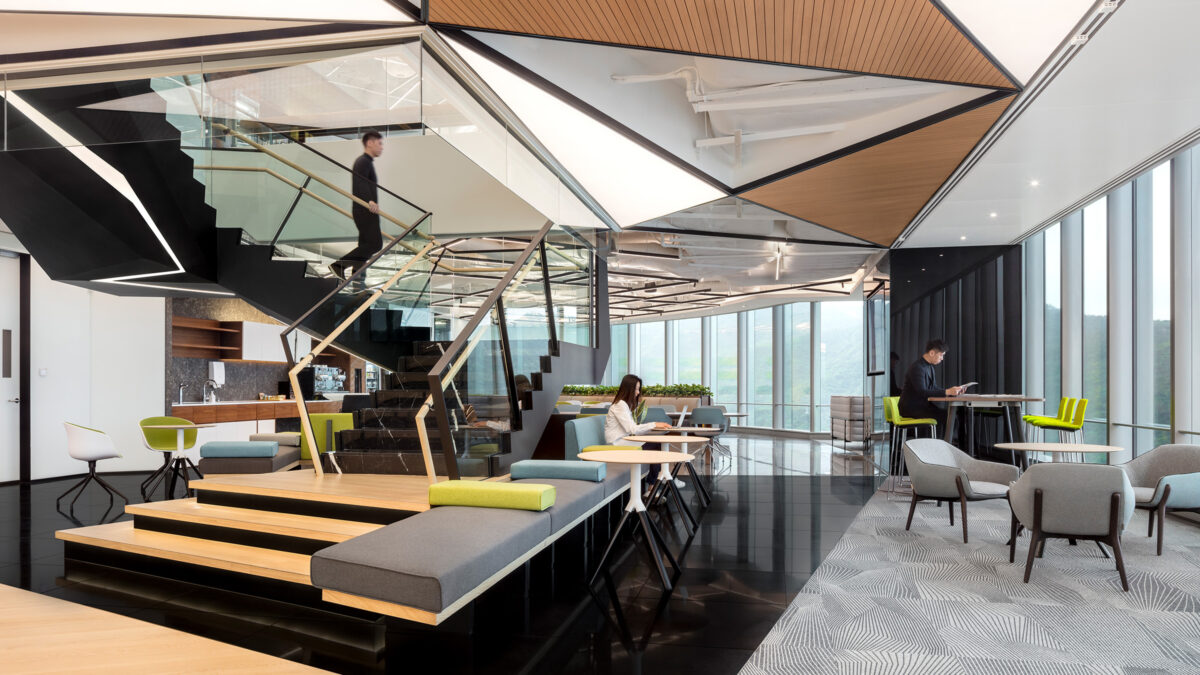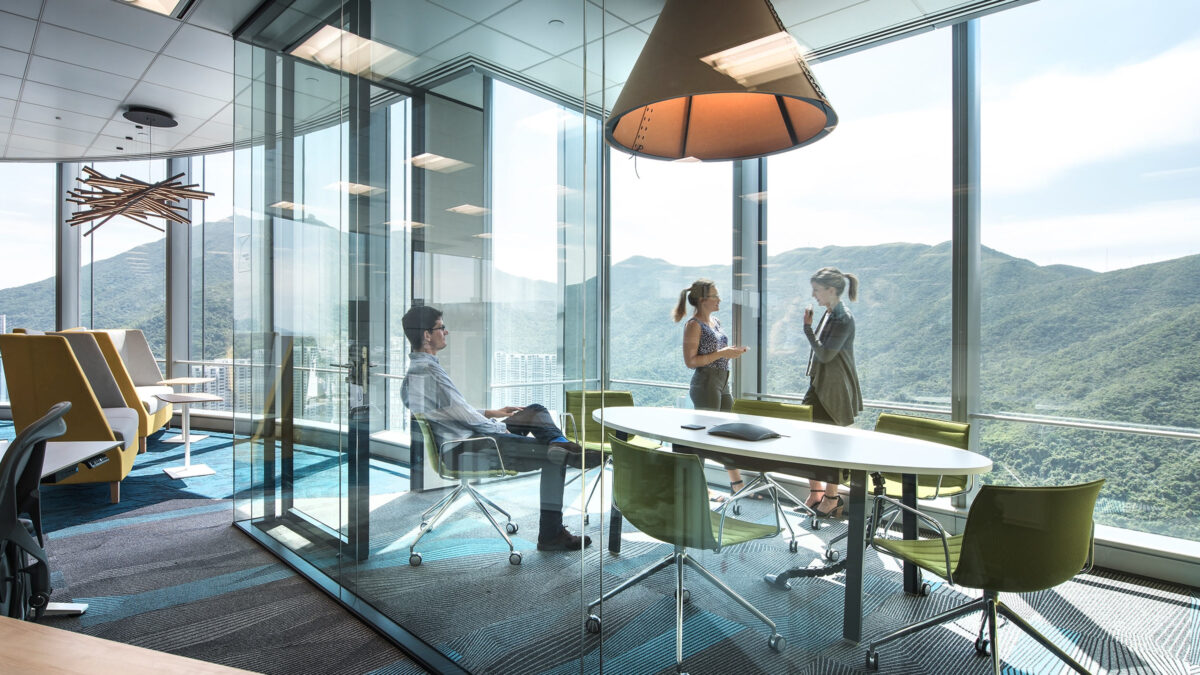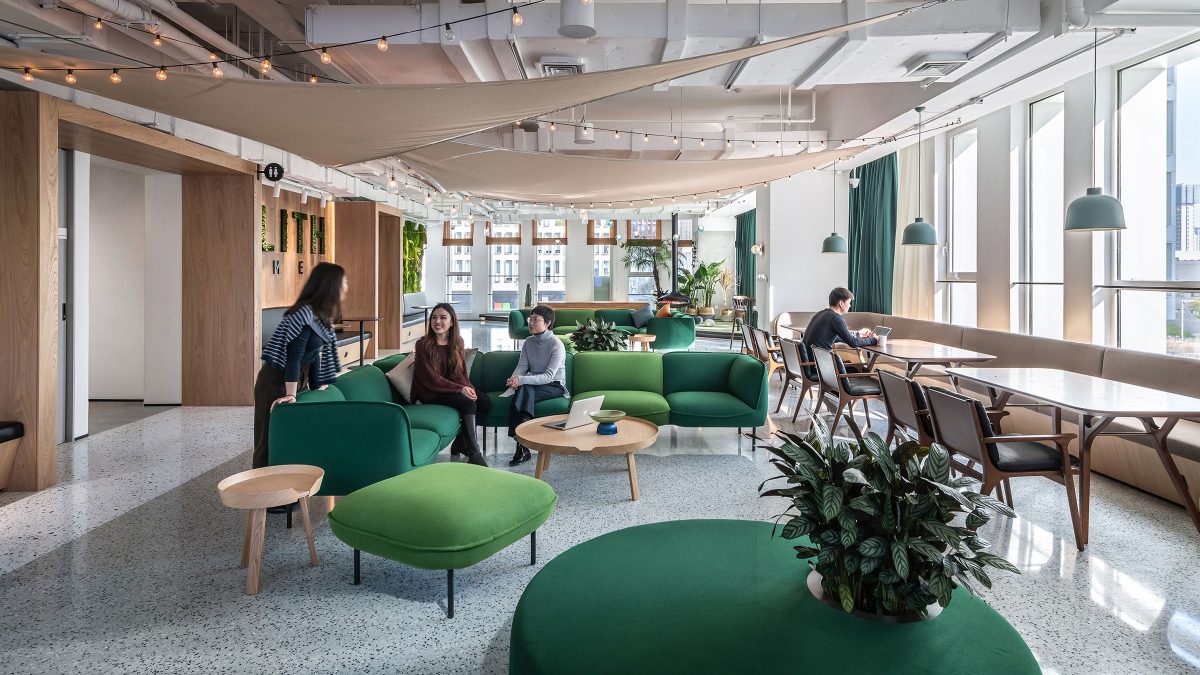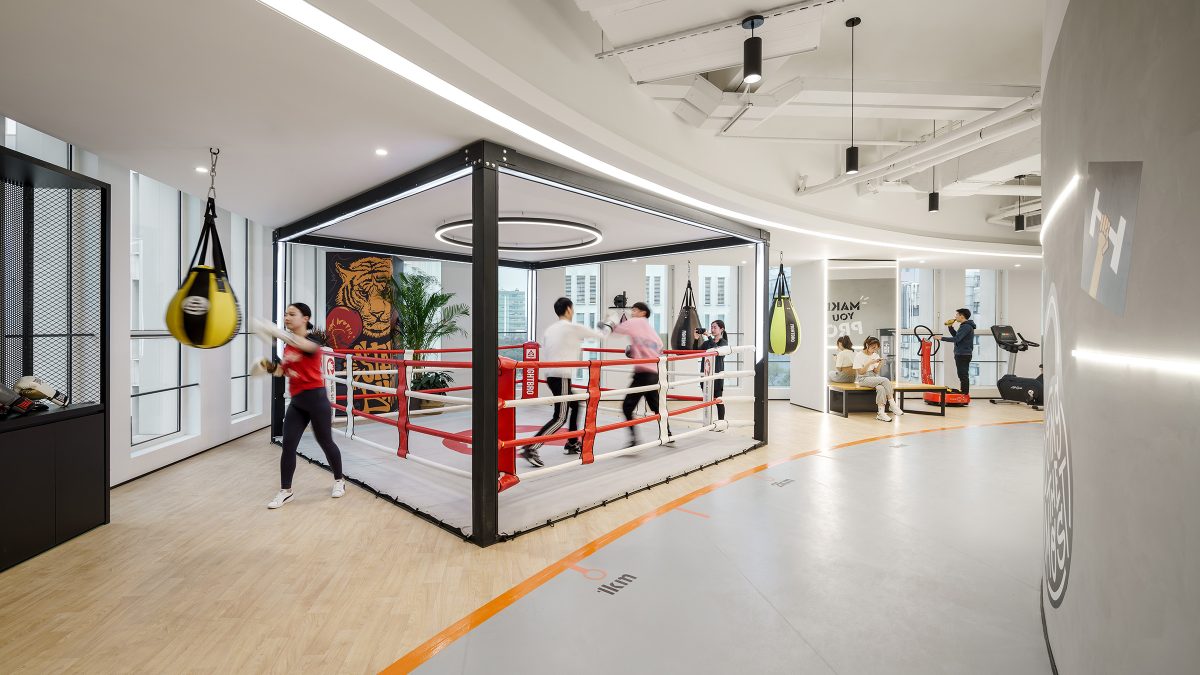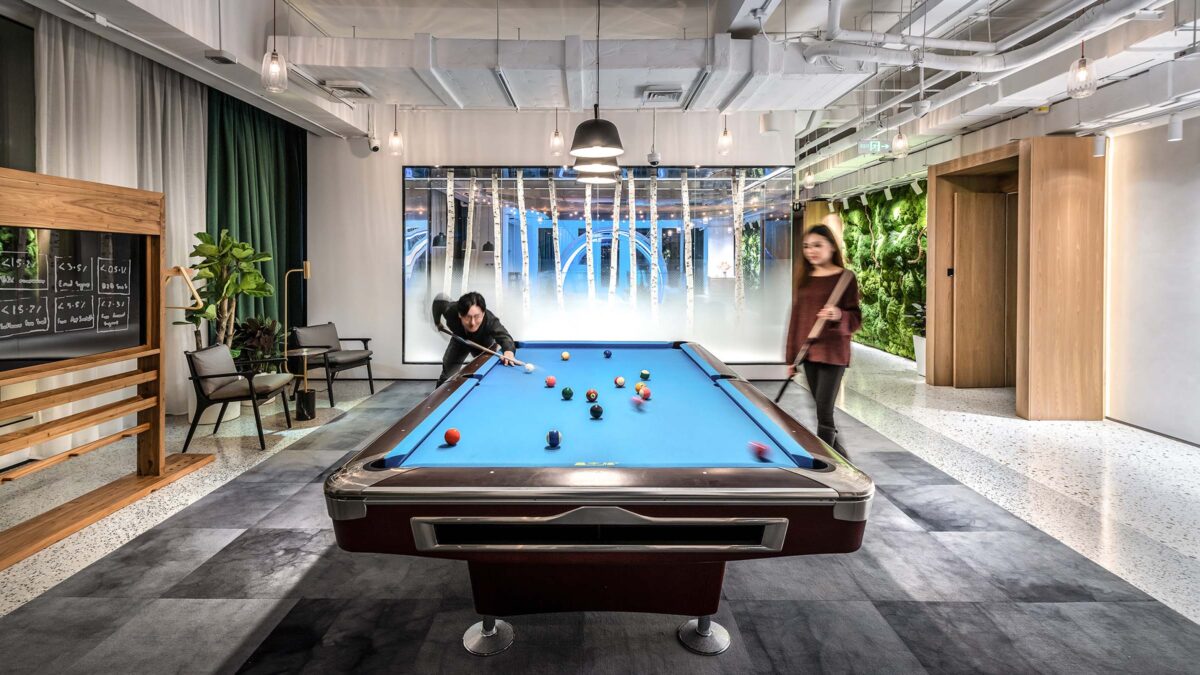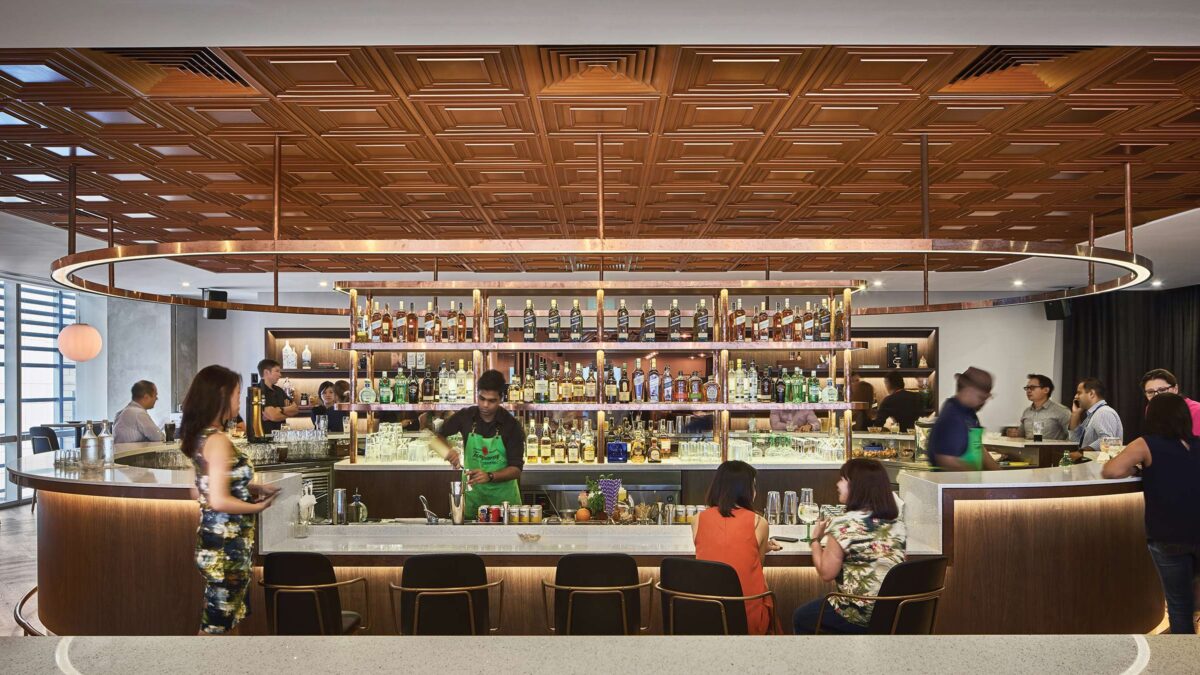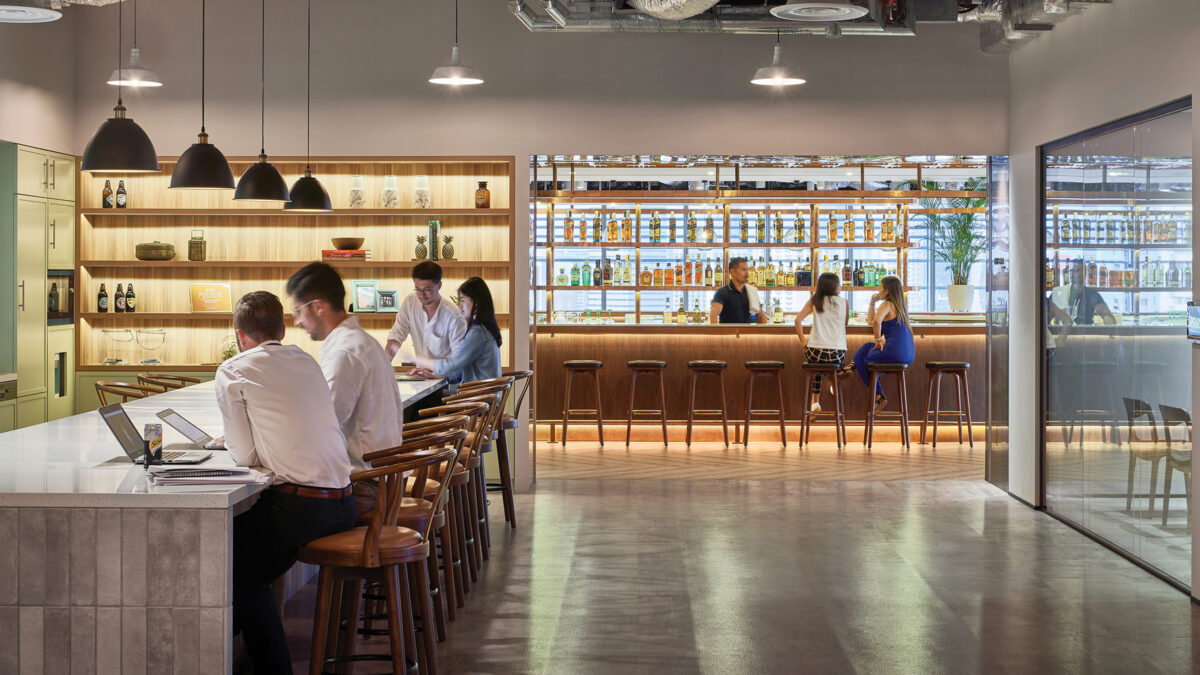Interior and exterior office design has seen ground-breaking changes in the past decade.
While interior design has focused on supporting a new generation of knowledge workers with flexibility and freedom of choice, exterior design however has embraced bold forms that externalise the success of a business.
The digital natives and digital immigrants
There are human factors to take into account. The millennial or Gen-Z population, known as “digital natives”, prioritise self-expression, comfort and choice at work. Those raised prior to the digital age, “digital immigrants”, value privacy and status, imposing influence in visible forms such as enclosed offices and wildly designed architecture.










